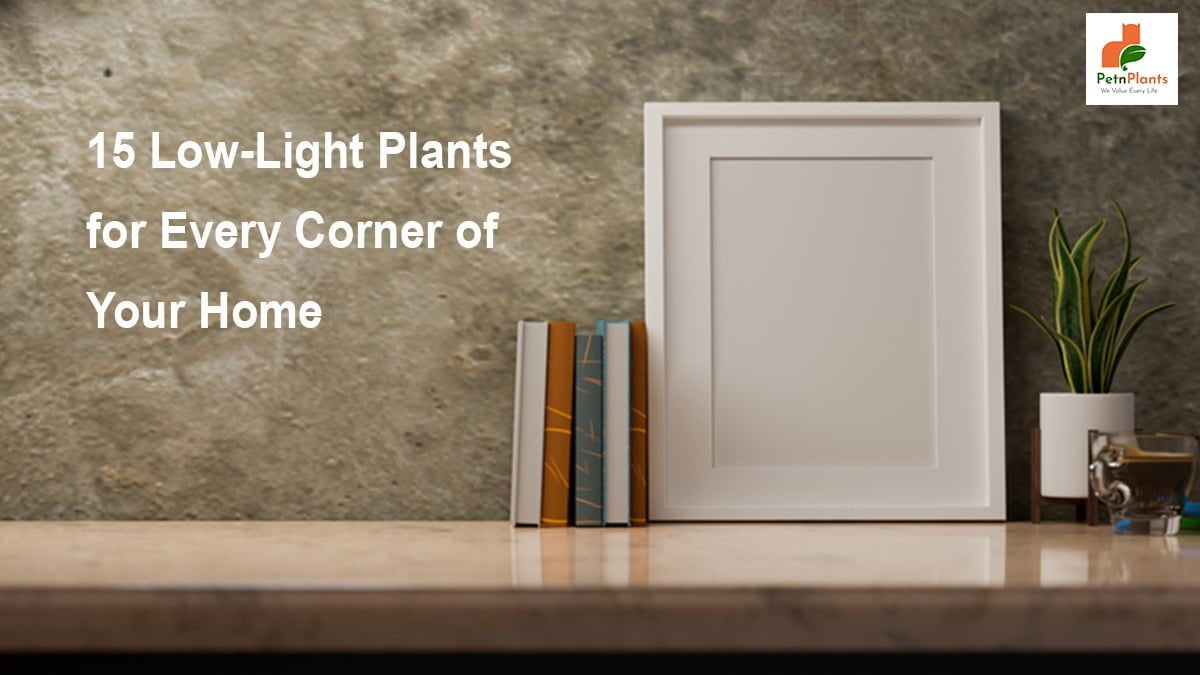How To
Latest
Pet Care
How to Groom Your Dog at Home with the Right Dog Grooming KitMarch 19, 2025
We Value Every Life

Placing plants indoors is a new rage now. They keep the environment fresh to look at and give a natural look to your home. But lighting condition is one aspect that you have to pay heed to.
This will ensure that your plants thrive well for a long time and do not lose their beauty or start drooping. But what are the 15 plants that require low lighting conditions and can be placed at every nook and corner of your home as per your choice? Read through the write-up to know more about the same.
What are the benefits of having plants inside your home? Apart from radiating a nice green look, here are some of the benefits-
You can check out these general rules for placing indoor plants.

Check out these options-
These plants grow well in drier conditions. It does not need regular watering of plants. Keep it at the corner of a room devoid of any window.
It is also known as mother-in-law’s tongue; it is one of the most demanding home plants. They require low light, particularly the Sansevieria species.
This is known as one of the better low-light indoor plants. It requires low maintenance, and you will find it in its best health even after three weeks.
It is an adaptable plant and grows quickly, even in low light. Place it as a hanging plant in pots or baskets. It can also grow in artificial light.
It requires water just once a week, grows slowly, and thrives well in low light.
This is a medium to a low light indoor plant. It grows best if you keep it dry in between watering.
The English Ivy purifies the air. This helps in filtering out mold, toxins, and pollen from the air.
This plant thrives well in low indirect light. But will not grow in absolute darkness.
Consistent moist soil, low light, you will get to know when the plant requires light, the leaves will droop.
This plant can grow well in a bright room but not in direct sunlight.
These plants can tolerate low light conditions but will not withstand cold temperatures.
Although these plants thrive in low light, the variegated ones will grow well only in filtered and bright light.
The success of watering is to let it dry between two episodes of watering.
It is one of the indoor plants that can survive in diverse conditions.
This plant requires low moisture, almost no soil, and can thrive well even in high humidity conditions.

Remember, indoor plants enhance the aesthetic décor of the house and, at the same time, purifies the air and offer greenery within the four walls.
0